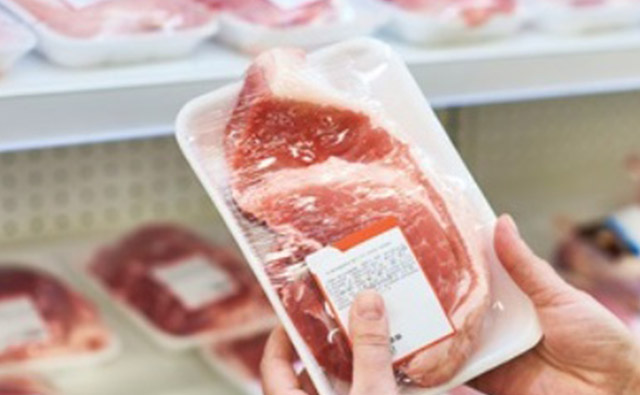Industry News, Adhesives & Sealants & Tackifiers
Regulatory & Industrial Requirements for Food Grade Adhesives

Industry News, Adhesives & Sealants & Tackifiers

Image: Specialchem.com
Food products sold in supermarkets are in most cases wrapped and packed in various kinds of materials.
− Cookies are stored in paper bags
− Fish and meat are put in plastic containers that are sealed with a thin polymer film
− Juice concentrated drinks are sold in laminated film pouches, and
− Food cans are often utilized to store beans, peas and other vegetables or fruits
Most of the packing materials possess a sealing that provides a firm barrier between the outer and inner atmosphere in order to prevent, for instance, desiccation or intrusion of humidity. The seal itself is, in most cases, composed of an adhesive which typically is a material with a chemical composition different than the materials adhered by it.
− Reactive acrylics, as well as reactive and solvent-based polyurethanes, are found to bond laminated film pouches
− EVA and PO-hot melts can typically be found in the adhesion of paper and board or in labels adhered to metal and PET
− Another common technique to attach labels on food cans is the usage of pressure-sensitive adhesives (PSA) made of rubber or acrylics, also
− Water-based starch is used for the binding of paper and board as well as glass labels
Thus, it is important to ensure food safety while using adhesives either in packaging or for machinery. Also, the adhesive chosen must fulfill regulatory requirements in order to be applicable in the food industry and must be recycling-friendly for sustainability purpose.
Let’s take a look at how the demand for compliant & recycling-friendly adhesives is impacting adhesive industry…
The packaging industry is segmented into several end markets from which the highest revenue in terms of sales is realized in the food industry with approximately 50%. The rest of the market is divided into:
− Beverage – 20%
− Healthcare – 5%
− Company Strategy for Cutting Packaging CostCosmetics – 5%, and
− Other consumer products – 20%
As packaging companies often suffer under margin pressure coming from the brand owner, they are aiming to cut costs by:
− Buying cheap feedstock materials
− Conducting in-house process water recycling, and
− Reducing of applied adhesive mass whilst retaining performance
Mass reduction of adhesives might look beneficial for packaging companies but it causes severe problems for recycling companies who are operating in the paper and board segment.
Paper used for packaging is composed of fibrous components and other parts like plastics (polyethylene), aluminum foils, staples, paper clips, color particles, adhesives, and dirt. In general, packaging companies are aiming to get back to cellulose fibers as neat as possible.
Within the recycling process, the removal of adhesives is considered a critical step. In the past, recycling mills extensively used open water cycles which provided easy separation of adhesives and papers, thus ensuring simple recyclability. However, newly enacted environmental protections aim for closed water cycles. When using closed cycles, water-soluble adhesives simply concentrate in the process water and produce unwanted spots and holes in the recycled product.
In fact, water-insoluble adhesives are more feasible to use as they provide particles which are significantly large in size, easy to be removed by filtration or centrifugation. The application of thin adhesive layers lowers the consumption, thereof which is beneficial for packaging companies. But, in comparison to thick layers, thin layers are more likely to be shred into particles too small to be separated from the process water during recycling. This results in a balancing act between economic and ecological aspects which leads to a minimal layer thickness that sufficiently fulfills both aspects.